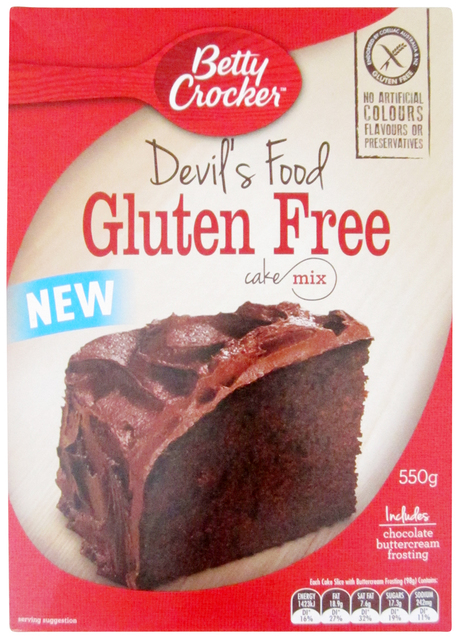Gluten-free goes mainstream

Changing consumer attitudes to health and the availability of alternative ingredients has seen gluten-free products become firmly entrenched in the mainstream, leading the charge of ‘free-from’ foods onto supermarket shelves.
Gluten-free products accounted for 10% of total global food and drinks launches in the 12 months to the end of April 2015, according to market analysis by Innova Market Insights. In the US, over 18% of new products were promoted as gluten-free.
“This is partly due to improved labelling regulations,” reported Lu Ann Williams, director of innovation at Innova Market Insights, “but also to rising awareness of gluten intolerance in the diet and the development of more mainstream and good-tasting, gluten-free products across a whole range of food and drinks sectors.”
Key areas for activity in recent years have been in bakery and cereal products and snack foods, largely because of rising demand for alternatives to the relatively high number of gluten-containing lines in these sectors or because of the availability of alternative gluten-free ingredients.
In the cereal products market, encompassing breakfast cereals and cereal bars, the number of gluten-free launches is much higher than the average of the food and drinks market at 21%, rising to an astounding 43% in the US.
While the bakery products sector has a slightly lower than average share of gluten-free launches recorded, at 9%, the actual number of gluten-free bakery launches has risen consistently in recent years. Biscuits account for the largest number of gluten-free bakery launches, with over 40%, equivalent to 8% of total biscuit introductions, while bread has less than 16% of gluten-free bakery launches, equivalent to 9% of total bread introductions.
The snacks market has also seen a relatively high proportion of launches featuring gluten-free claims, averaging 13% globally and rising to over 42% in the US. The snacks market benefits from the fact that many basic snacks ingredients, such as potatoes, corn, soy and nuts, are naturally gluten-free. Ingredients used to replace wheat or other cereals to offer a gluten-free formulation include lentils, black beans, navy beans, cassava, brown rice, nuts, sweet potatoes and other vegetables.
Many other areas of the food and drinks market are also seeing rising levels of interest in gluten-free reformulations, or even in just emphasising the gluten-free nature of existing lines.
“Gluten intolerance is no longer the only reason for buying gluten-free foods,” noted Williams. “Issues such as overall wellbeing, digestive health, weight management and nutritional value are often deemed to be equally if not more important by consumers. With more labelling of gluten-free foods and the growing availability of a range of high-quality products with a good sensory profile, the sector seems set to take further advantage of the huge potential market for this type of product,” she concluded.
Talk from the top with Dr Sandra Cuthbert
In this article, we takes a look at a day in the life of the FSANZ CEO, Dr Sandra Cuthbert, and...
Modest growth predicted for global dairy market
For Australia, dairy farm margins will likely benefit from improving farmgate prices in 2025...
The impact of global warming on food security
Researchers from Aalto University have developed a more precise model of where and how warming...














